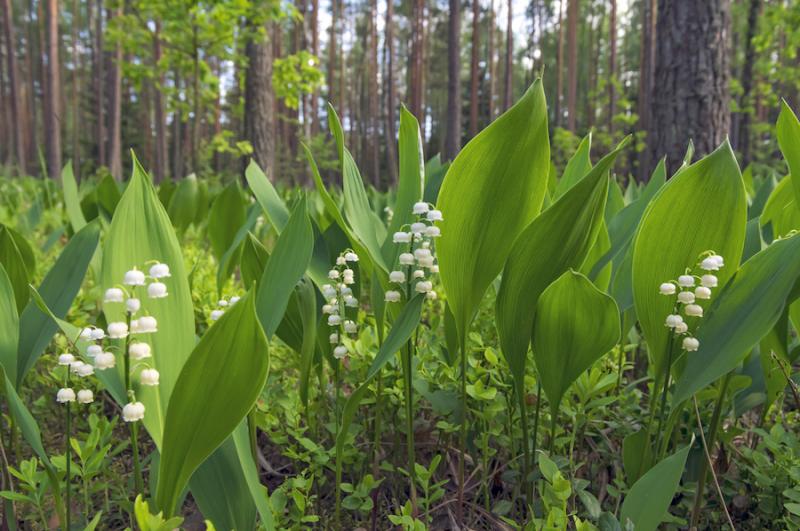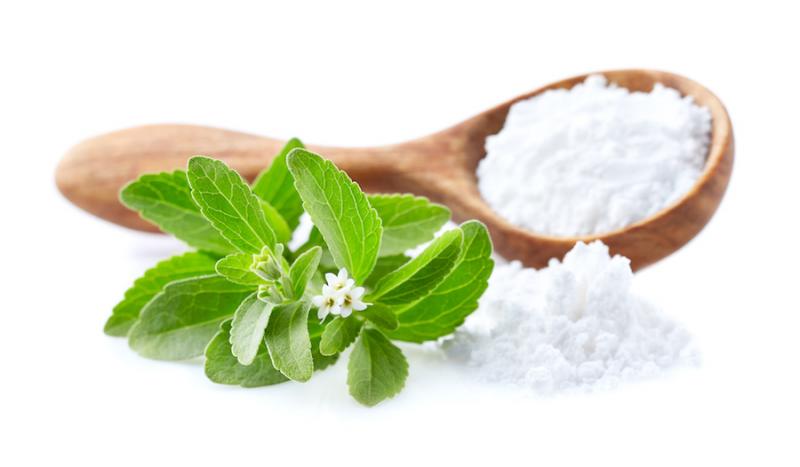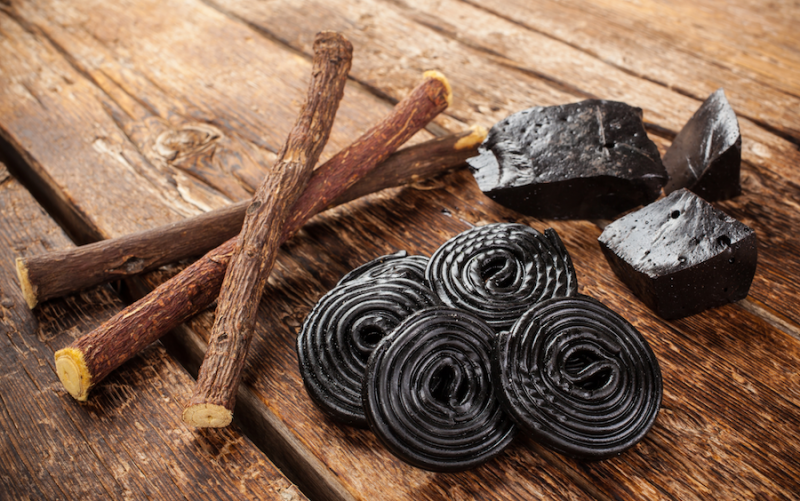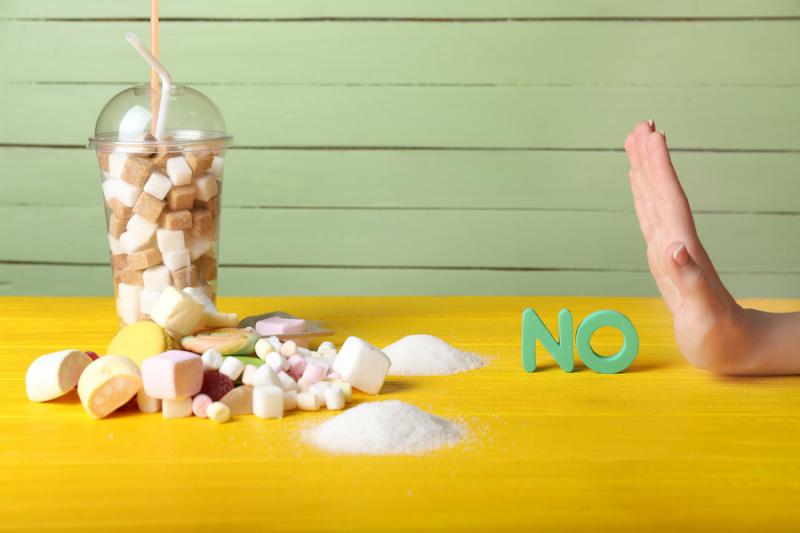- February 23, 2021
Lily of the Valley
While almost all commercially available herbs are extremely safe and you can freely experiment with them, there are some that can be toxic when misused. I'd like to talk about one such remedy that I've safely used for serious cardiac problems for years—lily of the valley. A Remedy for SliversLily of the valley is potentially toxic when ingested. But, it is safe to use topically, which is the first way I made use of it. In the early 1980s, I was making my living helping my father and uncles who…
- February 15, 2021
Olive: An Ancient Remedy for Modern Times
Native to the Mediterranean region, the olive tree has long been a symbol of spirituality and healing. The olive branch brought back by the dove released from Noah’s ark caused the olive branch to become a symbol of peace. This symbol is found in the seal of America, which depicts an eagle with olive branches in one talon and arrows in the other, symbolizing both the desire for peace and being prepared for war. Olive oil was used to anoint kings and priests and was probably the oil used for anointing…
- February 9, 2021
Rose: Opening the Wounded Heart to Love
Millions of roses are given to loved ones on Valentine's day which is why I feel it is a good time to talk about how roses can be used medicinally. Rose is used as an essential oil, flower essence or as rose hips (fruits). In any of these forms, rose is a remedy that opens and softens the heart, both emotionally and physically.When it comes to remedies for the heart, I don’t think you can separate the physical heart from the emotional heart. I believe that most, if not all, heart conditions have…
- February 2, 2021
Hawthorn: Heart Health and Beyond
It’s February and soon lovers everywhere will be exchanging Valentines and presents. We rightfully associate love with the heart, so I decided to devote the month to discuss remedies for the heart and circulation, starting with one of the most popular and widely used herbs for the heart—hawthorn. The red fruits of hawthorn have long been associated with the heart and circulation in Western herbalism and modern scientific research has confirmed their benefits. Many compounds have been identified…
- January 26, 2021
Stevia: Nature's Natural Sugar Substitute
A couple of years ago I planted a stevia plant in my yard. Being a native of South America, it didn't survive the frost in the fall. Fortunately, I'd gathered the pale green, naturally sweet leaves before that happened. The leaves are about 30 times sweeter than table sugar, so adding just a small amount of the leaf to a cup of herbal tea sweetens the tea naturally. However, adding stevia to something to sweeten it, isn't like adding sugar. Like the naturally sweet licorice we discussed last week,…
- January 18, 2021
Balancing Blood Sugar and Energy Levels with Licorice Root
When I was a child there was an ice cream parlor a half-block away from where I lived. The ice cream there was just ten cents a scoop, so you could get a triple scoop ice cream cone for thirty cents. Those days are long gone and it’s hard to find one of the ice cream flavors I liked most back then, licorice. Licorice root is a naturally sweet herb from the pea family that has been used in both Western and Eastern herbalism for thousands of years. The sweetness of licorice is primarily due to a…
- January 12, 2021
Gymnema: The Sugar Destroyer
I don’t know about you, but during the holidays with everybody around me indulging in sweets, I've always been tempted to indulge as well. If you overindulged in sugar during the holidays here’s an herb for you. It’s an herb from India by the Hindu name of gurmar, which means sugar destroyer. In America, it’s known by its Latin name gymnema sylvestre or just gymnema. What makes this woody, vine-like plant in the milkweed family remarkable is that chewing on it totally blocks the taste of…
- January 5, 2021
The Medicinal Value of Chocolate
Last week I shared some of the the medicinal properties of vanilla. This week, I'm going to talk about vanilla’s darker counterpart, chocolate. Back in the 1970s when I was first getting interested in natural healing, all the health experts were saying you should use carob instead of chocolate. I rebelled against this idea. Carob, a member of the pea or legume family was considered a pig food in Hebrew culture. Cacao, on the other hand, was considered the food of the gods by the ancient Aztecs.…













